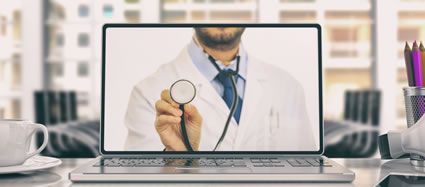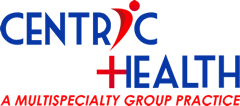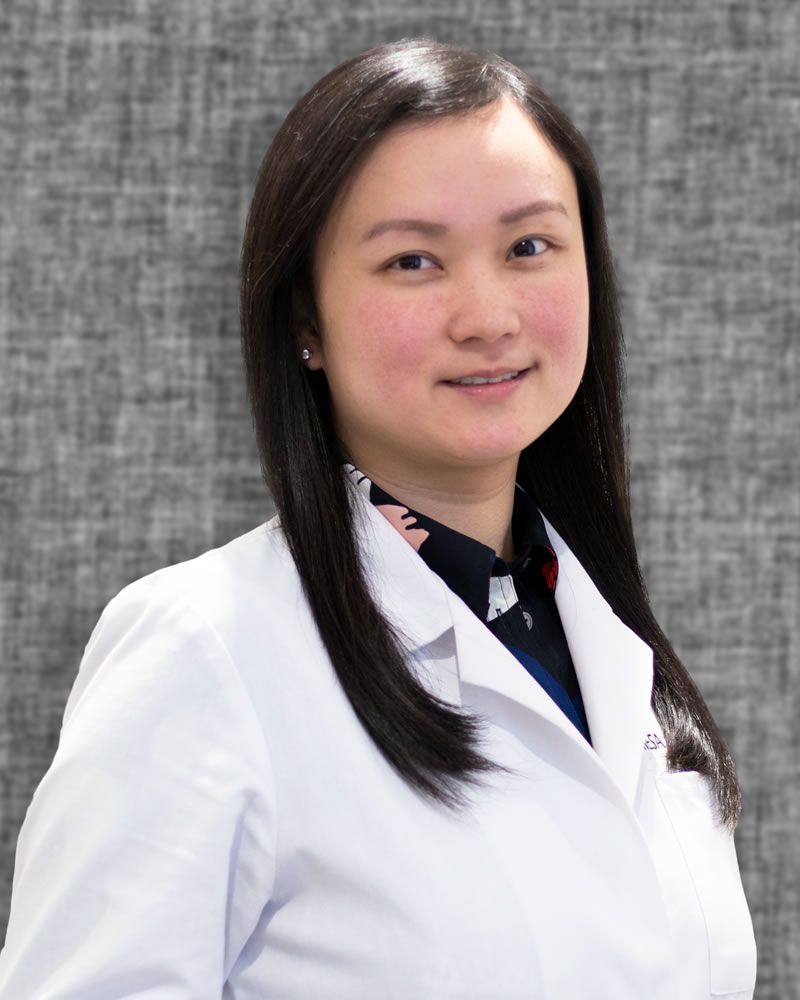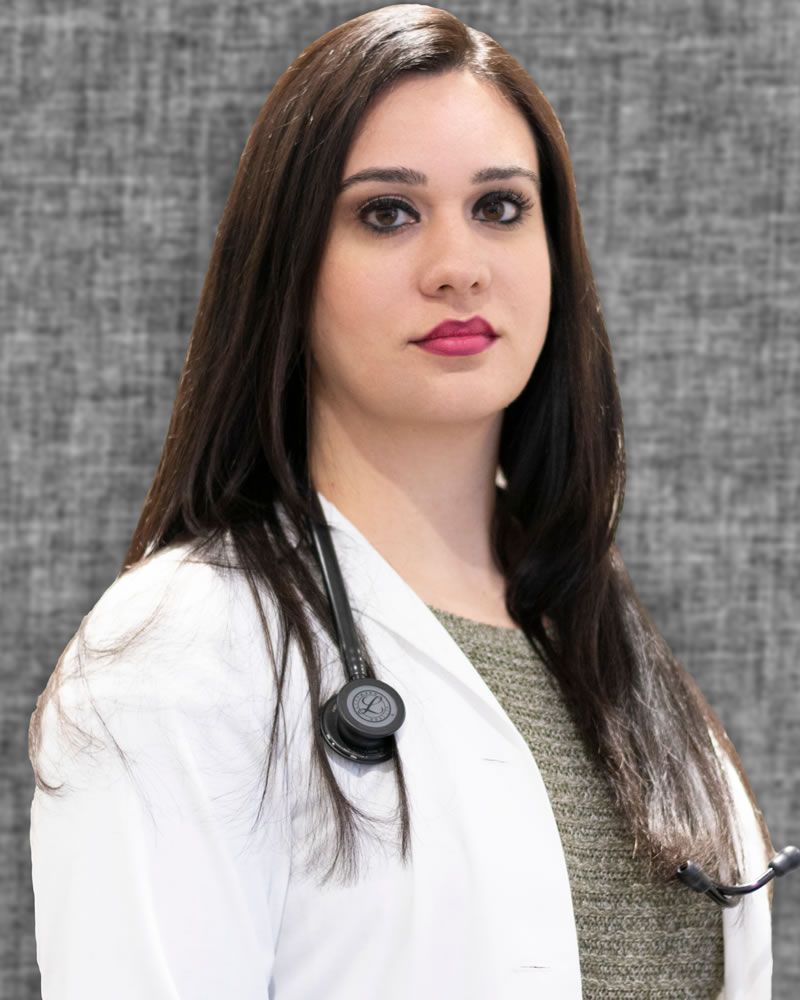- Home
- Specialties/Services
- Our Physicians
- Patient Center
- Testimonials
- Health Education
- Health News/Blog
- Contact
We are now offering Telemedicine:
Stay Home & See Your Doctor!
Call (661) 664-0252 to schedule your Televisit now. Click here to learn more.

Golden Valley Medical Associates
Our primary mission is to provide the highest level of care to our patients in a courteous and professional environment. We hope to respond to our patients’ needs with warmth, respect, and understanding. We have a dedicated team of providers who are committed to the care of every member of the family. We promise to provide a staff of knowledgeable, supportive, and caring personnel who are committed to excellence.
Services
- General Physical Exams
General Physical Exams
A physical examination, medical examination, or clinical examination is the process by which a medical professional investigates the body of a patient for signs of disease. It generally follows taking of the medical history—an account of the symptoms as experienced by the patient. Together with the medical history, the physical examination aids in determining the correct diagnosis and devising the treatment plan. This data then becomes part of the medical record.
- Here’s how often you should have a complete physical by your doctor.
- Sports physical exams
- Screening and treatment for high blood pressure, asthma, high cholesterol, diabetes, thyroid disease, and other common medical conditions.
- Guidance and medical treatment for weight management and smoking cessation
Guidance and medical treatment for weight management and smoking cessation
Weight Management:
Obesity is one of the greatest public health challenges worldwide. It is not only a medical but also a philosophical, ecological, economic, sociocultural, and psychological problem. The primary goal of weight management in primary care is to reduce the morbidity and mortality of overweight or obese patients and to improve psychological well-being and social function. To achieve this reduction in morbidity or mortality, the risks inducing these have to be decreased. In general, obesity interventions are used for patients with an increased risk of morbidity or mortality. Many medical complications associated with obesity can be improved by intentional weight loss. The treatment should be tailored to the patient's individual needs and risk profile.
Smoking Cessation:
Cigarette smoking harms nearly every organ of the body, causes many diseases, and reduces the health of smokers in general. Quitting smoking lowers your risk for smoking-related diseases and can add years to your life. Primary care providers who offer counseling and arrange follow-up sessions for patients can help increase the chances of smoking cessation after lung screenings, according to research from the National Lung Screening Trial (NLSN). Our providers take a keen interest in promoting smoking cessation and guide their patients with current smoking status ways to quit smoking.
- Pediatric Care
- Women's Health– Routine women's health care(e.g. breast exams, pap smears, osteoporosis prevention and treatment)
Women’s Health
Women have unique health issues. These unique issues include pregnancy, menopause, and conditions of the female organs. Also, some of the health issues that affect both men and women can affect women differently. Our providers are qualified to care for these unique health issues that affect women.
There is so much to know about the woman’s body. And as your body changes with time, you are bound to have questions you never thought of before. You can come here to explore a range of women’s health issues.
Get help with decisions and common concerns on topics such as:- Pap Smear
- Premenstrual Syndrome
- Headaches
Pap Smear
A pap smear is a diagnostic test for cervical screening that can detect potentially pre-cancerous and cancerous processes in the endocervical canal. This test is performed by opening the vaginal canal with a speculum during a physical exam, and collecting cells from the outer opening of the cervix of the uterus and the endocervix with a swab. The cells are examined under a microscope to look for any abnormalities. It is very important for each women to have a pap smear annually as part of their women’s routine visit.
What Causes an Abnormal Pap Smear
Abnormal cell changes in the cervix and endocervical canal can be caused by certain types of human papillomavirus (HPV), other types of bacterial or yeast infections, smoking, an impaired immune system, or menopause. These cell changes may go away on their own or can be successfully treated.
But, certain types of HPV have been linked to cervical cancer. It has been reported that with regular screenings and appropriate follow up care, death from cervical cancer can be reduced by 80%.
Premenstrual Syndrome
Premenstrual syndrome (PMS) refers to a varied collection of physical and emotional symptoms during part of a woman’s menstrual cycle. There are more than 200 reported symptoms of PMS including stress, anxiety, difficulty in falling asleep (insomnia), headache, fatigue, mood swings, increased emotional sensitivity, changes in libido, bloating, lower back pain, abdominal cramps, constipation/diarrhea, swelling or tenderness in the breasts, cyclic acne, joint or muscle pain, and food cravings.
The American College of Obstetricians and Gynecologists estimates that at least 85 percent of menstruating women have at least one PMS symptom as part of their monthly cycle. Most of these women have fairly mild symptoms that do not need treatment. Others (about 3 to 8 percent) have a more severe form of PMS, called premenstrual dysphoric disorder (PMDD).
The causes of PMS are not clear, but changes in hormones during the menstrual cycle seem to be an important cause. Some other possible causes include:
- Low levels of vitamins and minerals
- Eating a lot of salty foods, which may cause you to retain (keep) fluid
- Drinking alcohol and caffeine, which may alter your mood and energy level
Headaches
The menstrual cycle has a definite impact on the development of migraine headaches for some women. Approximately 50% of women have reported migraines associated with their menstrual cycle. A woman’s body has many biological changes that produce a widespread effect on their body. Some women are more sensitive to the fluctuations within the menstrual cycle. Studies suggest that migraine can be triggered by a drop in estrogen levels, such as those which naturally occur in the time just before your period. Often the migraine will occur anywhere between two days just prior to menstrual period onset through the first three days of menstruation.
There are no tests available to confirm the diagnosis, so the only accurate way to tell if you have menstrual migraine is to keep a diary for at least three months recording both your migraine attacks and the days you menstruate.
This will also help you to identify non-hormonal triggers that you can try to avoid during the most vulnerable times of your menstrual cycle.
- Birth Control (Counseling)
- Acute care for urinary tract and upper respiratory infections
- Minor Surgeries and Procedures– Laceration repair, skin biopsies, wound care
Minor Surgeries and Procedures
Minor surgery in primary care has long been held to be cost-effective and popular with patients. Minor surgery procedures in primary care include the following:
- Cryoth
- Electrocautery.
- Curettage.
- Therapeutic injections used in a variety of conditions – e.g.:
- Injections into joints (steroids but also perhaps viscosupplementation).
- Aspiration of joints.
- Injection of tennis and golfer's elbow, or carpal tunnel injection.
- Injection of varicose veins and piles.
- Excisions.
- Incisions.
- Other procedures which the practice is deemed competent to carry out - eg, skin biopsy (punch and shave), endometrial sampling, removal of toenails, removal of contraceptive implants, evacuation of perianal hematomas and removal of skin lesions where clinically indicated (see local guidance).
Equipment and accommodation
- Most surgeries have a dedicated treatment room in which such procedures are performed; however, cryotherapy, electrocautery and curettage can be performed in a normal consultation room, provided that there is adequate lighting and space.
- A clean area is not as important as for 'cutting' surgery but it is desirable and creates a favorable impression of a professional service.
- Equipment should be appropriate to the job and of adequate specification: c
- A curette can be sharp or blunt. A sharp curette is more frequently employed, although it can cause more damage if used without skill. A range of sizes adds versatility. Disposable instruments are now recommended. A hot water boiler is inadequate and even pressurized autoclaves can no longer be recommended. If there is any uncertainty about the adequacy of equipment, the Clinical Governance team of the local Clinical Commissioning Group (CCG) should be able to give advice.
- Appropriate infection control measures should be in place. National Institute for Health and Clinical Excellence (NICE) guidance is available.
- Electrocautery is provided by a hot wire. This apparatus usually works on about 12 volts. This may be provided by a battery, but a transformer plugged into the mains is more usual. There is a button on the handle to switch the current on and off. There may be a number of heads of various shapes and sizes for various jobs. They can be removed to be cleaned and sterilized but letting them glow red will provide a much higher temperature than any autoclave, although not for so long.
- Cryosurgery requires a cold source and the most common is liquid nitrogen. It can usually be bought by special arrangement from a local hospital or directly from a supplier if a storage vessel is purchased. It is essential to remember that it is exceptionally cold with a boiling point of −196°C and so requires appropriate precautions for use and storage. Thick gloves and goggles must be worn when decanting or transferring liquid nitrogen.
Organizational issues
These procedures can be carried out:
- In normal consultations. Most people do not perform minor surgery during the course of normal consultations, except perhaps the injection or aspiration of joints and such techniques.
- At a dedicated session. It can be better to ask the patient to return to a dedicated session in a specific room with the equipment set up and, in the case of liquid nitrogen, with a fresh supply of the material to hand.
Consent
Informed consent requires full information on the proposed treatment, alternatives and possible complications including, for example, a measured opinion about the cosmetic result. Standardized information sheets can be useful.
Techniques
The following techniques form the basis of minor surgery provision under additional services:
Local anesthesia
- Sometimes lesions are so superficial that they can be removed without any need for local anesthetic. It is required for cautery but should not be used with cryotherapy.
- Lidocaine 1% is the most commonly used local anesthetic and it can be used for these procedures. It is most conveniently administered using a dental syringe with a fine dental needle and cartridges made for the syringe.
- A lidocaine/adrenaline (epinephrine) mixture is often used. This prolongs the duration of action and increases the total dose that can be used; however, its greatest asset is that it induces vasoconstriction and so reduces bleeding. It must not be used on fingers, toes or the penis.
- If analgesia is required on a mucous membrane it is possible to apply lidocaine directly via a piece of gauze and this numbs the surface so that injection is less painful. It does not cross the horny barrier of keratinized epithelium in the skin and so is of no use to numb skin. For topical use, a 2% or 4% solution is acceptable but otherwise a maximum of 1% is recommended.
- Remember that after injection of local anesthetic it is necessary to allow a few minutes for the injection to have its effect.
- Another way to obtain superficial topical analgesia is to 'freeze' the skin with an ethyl chloride spray. This is a highly volatile liquid that comes in a large ampoule with a spring-loaded rubber stopper. It is inverted over the lesion and vapor pressure of the liquid ensures that when the cap is opened a fine spray of ethyl chloride is directed at the lesion. Usually it takes about 15 to 40 seconds for the area to turn white before beginning the procedure. Although it is a convenient method, it is not very effective and the duration of action is very limited. It may be necessary to stop and spray again a number of times. It is used by some for superficial curettage but use is probably not widespread. NB: ethyl chloride is highly inflammable and must not be used in association with electrocautery. It should not be used close to the eyes, nose, ears or other orifices.
Curettage
- Curettage is reserved for superficial lesions like seborrheic keratosis and solar (actinic) keratosis, which are usually so superficial that removal does not leave a scar.
- Keratoacanthomas can also be removed by curettage but it tends to be deeper and often leaves a scar.
- Ethyl chloride can be used for analgesia but if the lesion is thick and horny it may not penetrate and so infiltration under the lesion with lidocaine is preferable.
- Hold the neighboring skin firmly with the non-dominant hand and, with the curette in the dominant hand, use a firm motion to get under and elevate the lesion. Sometimes a rather raw area below the lesion oozes blood. Firm pressure with a piece of gauze for several minutes should stop this. Alternatively a superficial electrocautery can seal the vessels (but not if ethyl chloride has been used).
- Removal of a keratosis often just produces a cornified lesion that is of no value for histology but, wherever possible, excised tissue should be sent for histology (to confirm the clinical diagnosis and to exclude malignancy).
Electrocautery
- Electrocautery can be a useful technique, especially when a lesion is vascular.
- The equipment used usually has a range of settings, typically from 1 to 10 (for example, coagulation between 3 and 4, cutting between 6 and 10).
- Its main disadvantage is that it often burns the tissue beyond recognition so that it is impossible to obtain histological confirmation of the lesion. Patients sometimes find the smell of burning tissue rather distressing.
- It is useful for removal of skin tags when the diagnosis is usually clear. In obese patients these are often multiple. A little bleb of local anesthetic is injected into the base of each.
- Remember that ethyl chloride is contra-indicated.
- After giving a few minutes for the local anesthetic to work, grasp the lesion with a pair of forceps and press the button on the handle so that the tip glows bright red. This usually takes 5 to 10 seconds. Then touch the base of the lesion with the glowing coil and it will cut swiftly though it. The lesion comes away in the forceps and there is usually no bleeding. If there is a little bleeding then touching the area with the glowing tip should seal it.
- A few hours later, when the local anesthetic has worn off, the patient may feel discomfort in the burned area and this may need simple analgesia.
Cryotherapy
- Local anesthesia should not be used and is not necessary.
- Cryotherapy works by rapidly freezing tissue cells which then thaw, causing lysis of cells.
- Cryospray, cryoprobes or cotton-tipped applicators can be used.
- The art of this technique is to apply enough cooling to destroy the lesion without applying too much and causing collateral tissue damage. If in doubt, undertreat, as it is possible to treat again but overtreatment will destroy healthy tissue.
- The contact with the tip produces a rim of blanching. It may then freeze the lesion to the tip and it can be pulled away but more often it falls away some time later. This means that there is often no tissue for histology.
- It is recommended that the technique be learned by attending a course or from an experienced and appropriately trained practitioner.
- Knowing what to treat and what not to treat with cryotherapy is most important. Cryotherapy can be used very successfully for a variety of lesions. The list below of lesions treatable with cryotherapy is not exhaustive and does not imply that the technique is appropriate for all such lesions. An important part of learning the technique is getting familiar with what can be treated successfully and what lesions require other techniques and possibly referral.
- Actinic keratoses.
- Seborrheic keratoses.
- Warts and verrucae.
- Lentigines.
- Skin tags.
- Superficial spreading basal cell carcinoma.
- Basal cell carcinoma.
- It is worth avoiding:
- Lesions on the pinna (can cause necrosis of cartilage).
- Lesions close to the eye.
- Treatment of lesions on the hands and feet in Raynaud's phenomenon.
- Complications can arise after treatment and patients should be warned of these. Blistering and pain occur frequently.
- Travel counseling and vaccinations
Travel counseling and vaccinations
Planning to travel abroad? We know it can be overwhelming, but we’re here to help you with your travel vaccinations and offer travel health advice. We offer pre-travel counseling and immunizations.
Travel Health Services
- Pre-travel counseling
- Review of previous vaccinations and immunizations
- Malaria prevention advice and prescriptions
- Info about travel health topics including traveler’s diarrhea
While vaccination is the primary focus of the travel medicine department, your provider can also provide advice on consuming potable water and food. Travel consultations are based on the recommendations of the CDC.
Common Travel Vaccinations and Immunizations
Below are a list of common travel vaccinations and immunizations. Please note that this list is not conclusive. Please visit the CDC's Travel Health page for complete information.
- Tdap (Tetanus, Diphtheria and Pertusis)
- Hepatitis A and B
- Influenza
- Pneumovax®
- Meningitis
- Shingles
- Japanese encephalitis
- Typhoid
- Yellow fever
- Rabies
- Polio
Resources for Travelers
For more info, please visit the CDC website https://wwwnc.cdc.gov/travel
- A wide range of lab tests, from basic blood and urine tests to screening for HIV and Hepatitis, and EKGs, all performed on site.
- Evaluation for anxiety and depression
Evaluation for anxiety and depression
Anxiety and depression are psychiatric disorders frequently seen in family practice. It is advisable that primary care providers should evaluate the patients to look for any signs or symptoms of anxiety and/or depression. Catching these conditions and treat early on with medications and/or counseling can help improve the quality of life of the patients. Depression/anxiety if not treated can lead to far more serious health issues and can even result in death due to suicide. Our providers evaluate their patients using the NCBI recommended screening tool PHQ9 (health questionnaire) for criteria-based diagnosis of depressive disorders and measure the level of severity.
- Stress Test
- Ultrasounds
- Echocardiograms
- Stress echocardiograms
Office Location
4813 Coffee Road, Suite 200, Bakersfield, CA 93308
Phone: (661) 664-0252
Fax: (661) 664-2717
Access your health records on your phone!

Quick Links
More Links
© 2026 CENTRIC HEALTH. ALL RIGHTS RESERVED. Privacy Policy and HIPAA Privacy Statement









